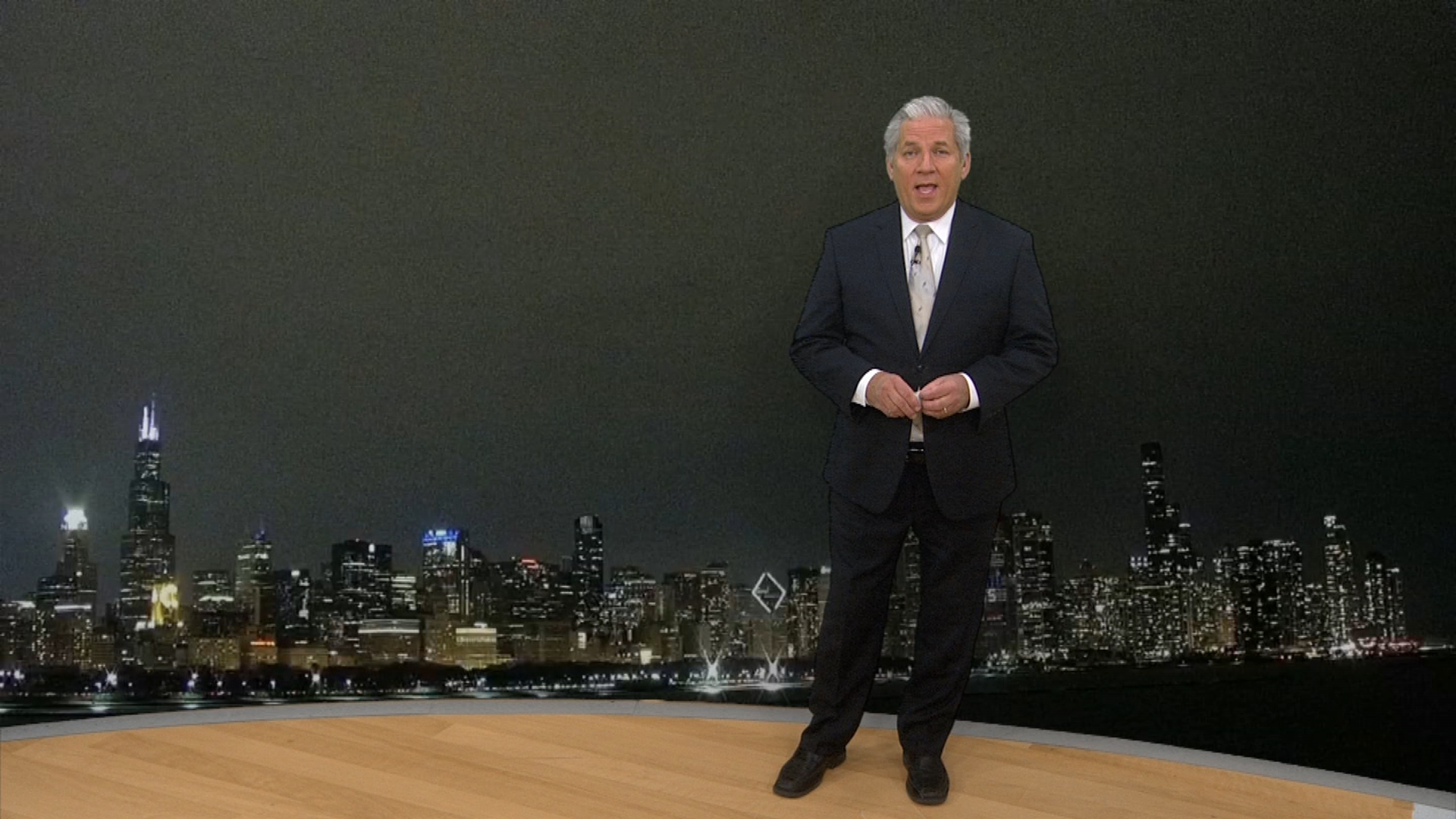A team of scientists, led by Argonne National Laboratory in south suburban Lemont, just wrapped up a two-week urban canyon campaign in Chicago to study how the city’s built environment can affect local weather conditions.
Next, the team will pour over the data collected to eventually develop strategies to mitigate the effects of a changing climate at the local level.
“The work we’re doing in Chicago is groundbreaking. Usually, when we deploy these kinds of instruments, we’ll go to a field. We’ll go somewhere in Oklahoma to study weather and climate. That doesn’t tell us about the city of Chicago,” said Scott Collis, an atmospheric scientist at Argonne National Laboratory.
Collis is part of CROCUS, or community research on climate and urban science. The project, funded through the U.S. Department of Energy, is set to last through 2027.
The Urban Canyon campaign is the first of three “focused, temporary research studies” planned to take place throughout the city.
During the first two-week campaign, researchers launched 42 weather balloons from several locations in Chicago, including the University of Illinois Chicago campus, a school in Woodlawn and outside the Shedd Aquarium.
The team used mobile weather monitoring stations to measure temperature, wind speed, air quality and more.
Local
"We are utilizing new approaches, not necessarily new tools. The novelty is that we are doing it in a huge urban area,” said Paytsar Muradyan, an atmospheric scientist and deputy of the measurement strategy team at CROCUS.
An urban canyon is the space above a city street lined with tall buildings on either side. The compact layout can trap heat and is not included in traditional climate models.
Feeling out of the loop? We'll catch you up on the Chicago news you need to know. Sign up for the weekly Chicago Catch-Up newsletter.
“They are absorbing heat during the day and radiating heat during the night. People living in an urban areas, streets surrounded by tall buildings, they don’t get that relief,” said Muradyan.
Scientists hope by studying how urban canyons affect temperature and air circulation, they can develop strategies to mitigate the impacts of climate change and re-imagine urban planning.
“What happens if we put a whole bunch of green infrastructure down Roosevelt [Road]? What difference will that make during a heat wave? How can it mitigate the worst impacts of climate change?” said Collis.
“The weather balloons we launch are still some of the best tools we have to understand how temperature, humidity, and wind changes with height.”
CROCUS worked in conjunction with four community organizations – the Puerto Rican Agenda, Blacks in Green, the Greater Chatham Initiative, and the Metropolitan Mayor’s Caucus.
“We’ve had discussion from issues about the levels of how heat impacts certain communities according to their income levels and according to marginalization level,” said Jose Lopez, a senior advisor with Puerto Rican Agenda. “I think this is the most innovative part of this research. It’s very rare you get major institutions like Argonne or even University of Illinois to really look at the micro levels of research. That really ultimately could make the difference in the bigger picture of macro changes.”
CROCUS scientists hope to use the data they collect to address urban climate challenges and inform future action for mitigating and adapting to climate change at the regional and neighborhood level.
“By collecting these world-class data sets, we get the basic physical knowledge that allows us to build better simulations of Chicago. Having better simulations of Chicago allows us to ask questions of those simulations that will really help us build data driven solutions to climate change resiliency,” said Collis.
The next campaign will take place in April or May of 2025 and will be focused on intense precipitation and flooding.



